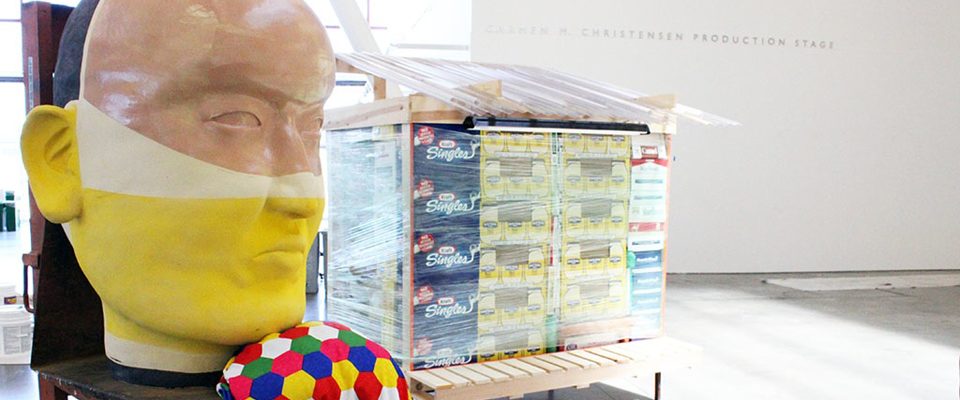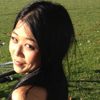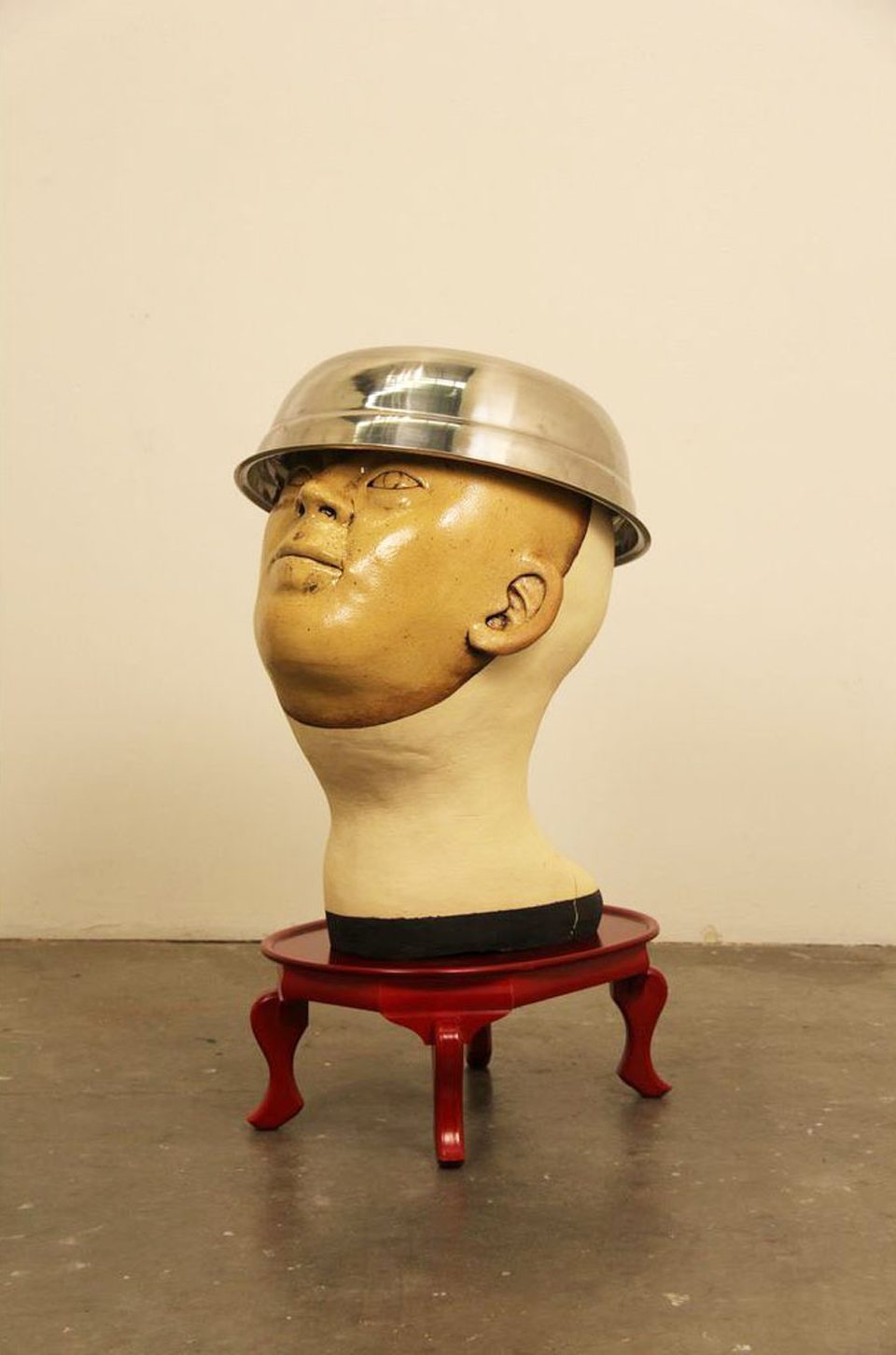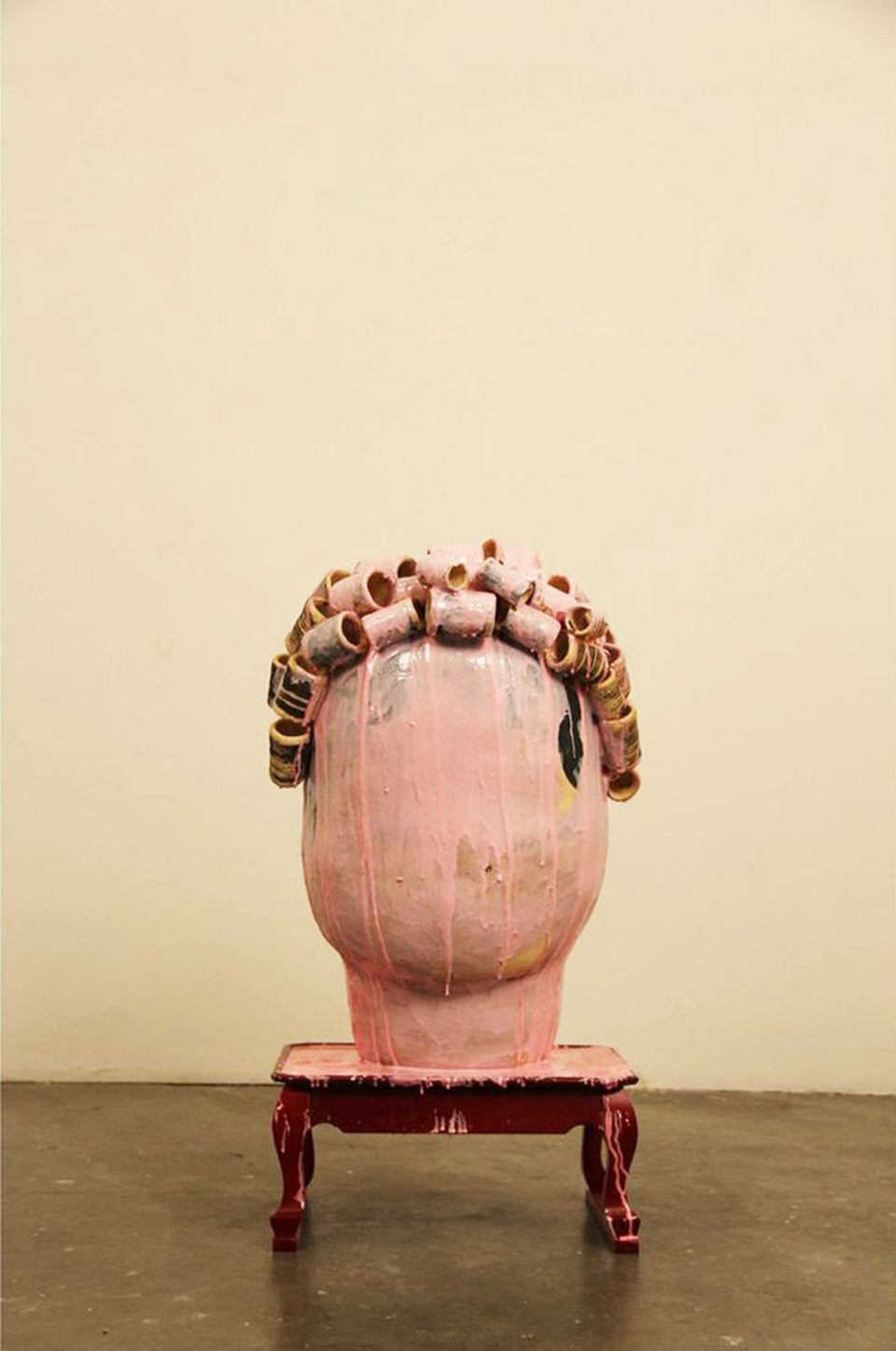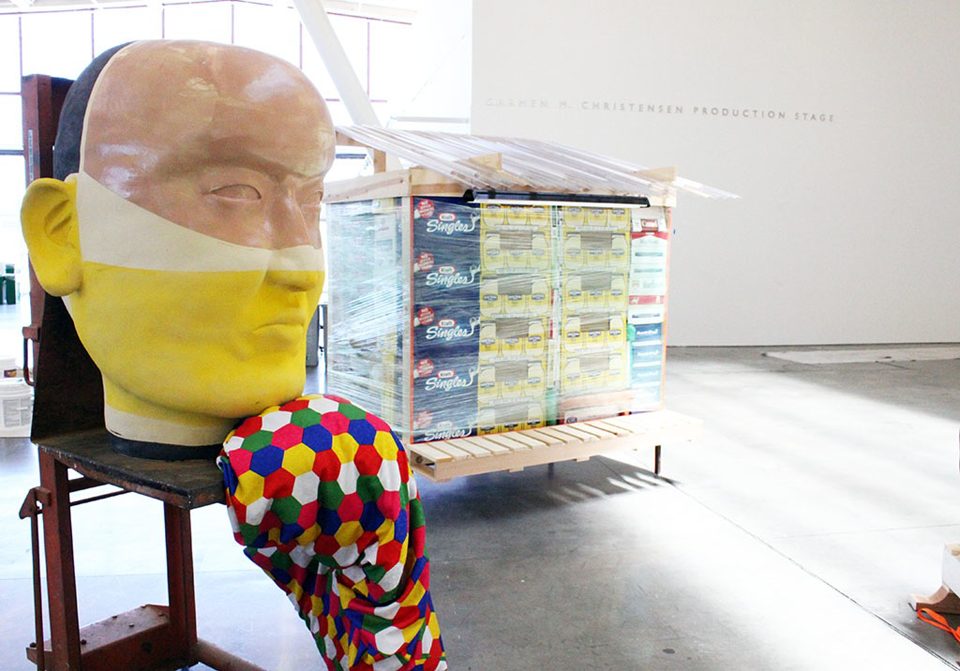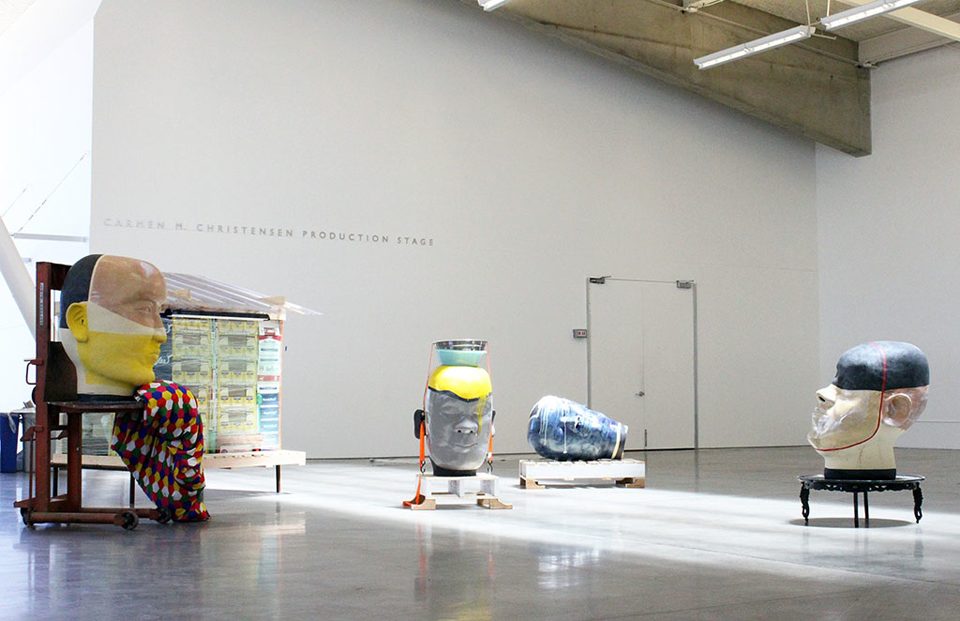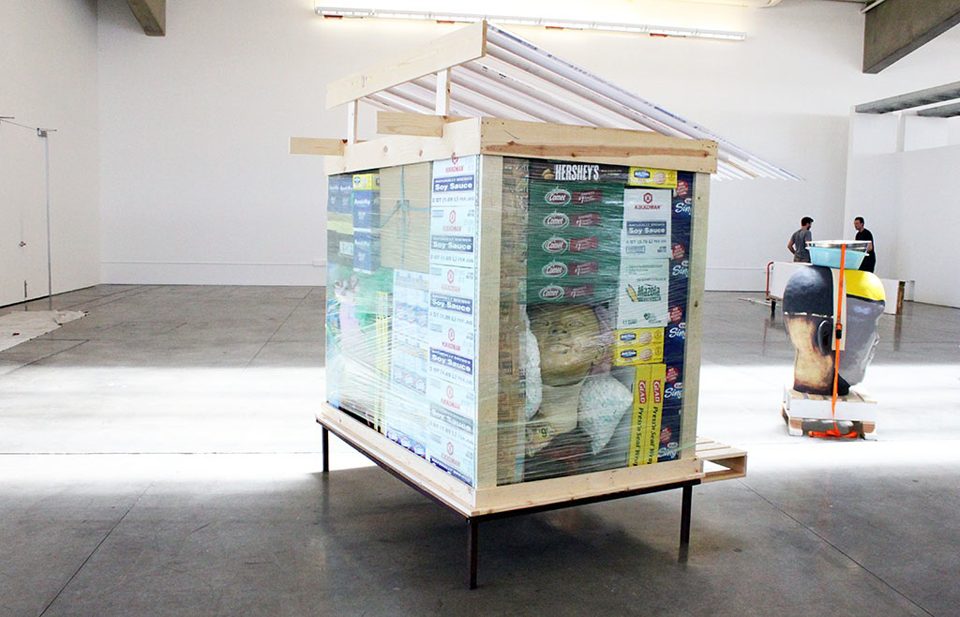Victoria Jang
Artist Statement
This project’s fundamentals are tradition and nostalgia. Ceramic can be a politicized artifact that are used to carry on traditions and culture for centuries in Korea, Japan and China. Although these neighboring worlds share many historical conventions, issues and denials they have also cultivated an extreme industrial complex. People see rapid manufacturing and technology, neon and plastic. There is an abundance of synthetic material drowning these competitive metropolises. They see William Gibson, Blade Runner. These cities and people seem indestructible, machine-like. But the more times passes, the more gratuitous it becomes. Otakus believe in living a lifestyle of a shut-in controlled and obsessed in the virtual world of anime and lose themselves in the romantic idea of a futuristic urban life and technological singularity. This is ideal for them. The internet is a vehicle and a fast metabolic system that fuels the millennials that have been influenced by this subculture of anime/manga.
Each object has been fabricated one by one. Identical some objects may appear however each fabrication possesses minute imperfections that are captured through the ceramic body and transparent surface. In order to not repeat the same mistakes one must go back in history and use a material to question the current dependent material.
While At Headlands
My parents’ heterogeneous methods of coping as immigrants and perpetuating their cultural heritage with their children was authentic in its initial and most humble forms. This brought me to the inevitable questions- is there authenticity in cultural hybridity? Can re-creation and imitation work as an analog for cultural hybridity? Does re-creation and imitation of cultural hybridity give access to a more complex and richer understanding of the human condition and identity of a social group? This has become the foundation of my artistic practice: recreating and imitating cultural hybridity.
Experiencing these quandaries has led me to my investigation of imitation. Imitation is the original artistic device. It shows the maker’s desire to continue the authenticity of the original—to honor it. Utilizing imitation allows access for those who have general perceptions of Asian American identities to discover depths beyond preconceived stereotypes.
In looking at specific historical events that took place at the Marin Headlands and correlating that to Korean immigrants of the Korean War and post WWII (zero generation) and their children (1st generation Korean American)—this examination of family dynamic will help give me significant insight in the origin and development of imitation of cultural hybridity. Which helps advance the notion of cultural assimilation and identity through imitation.
I will invest my time in the studio creating a series of installations that are to be set up in an environment that invokes a dialog which portrays tension I have within my relationships.
